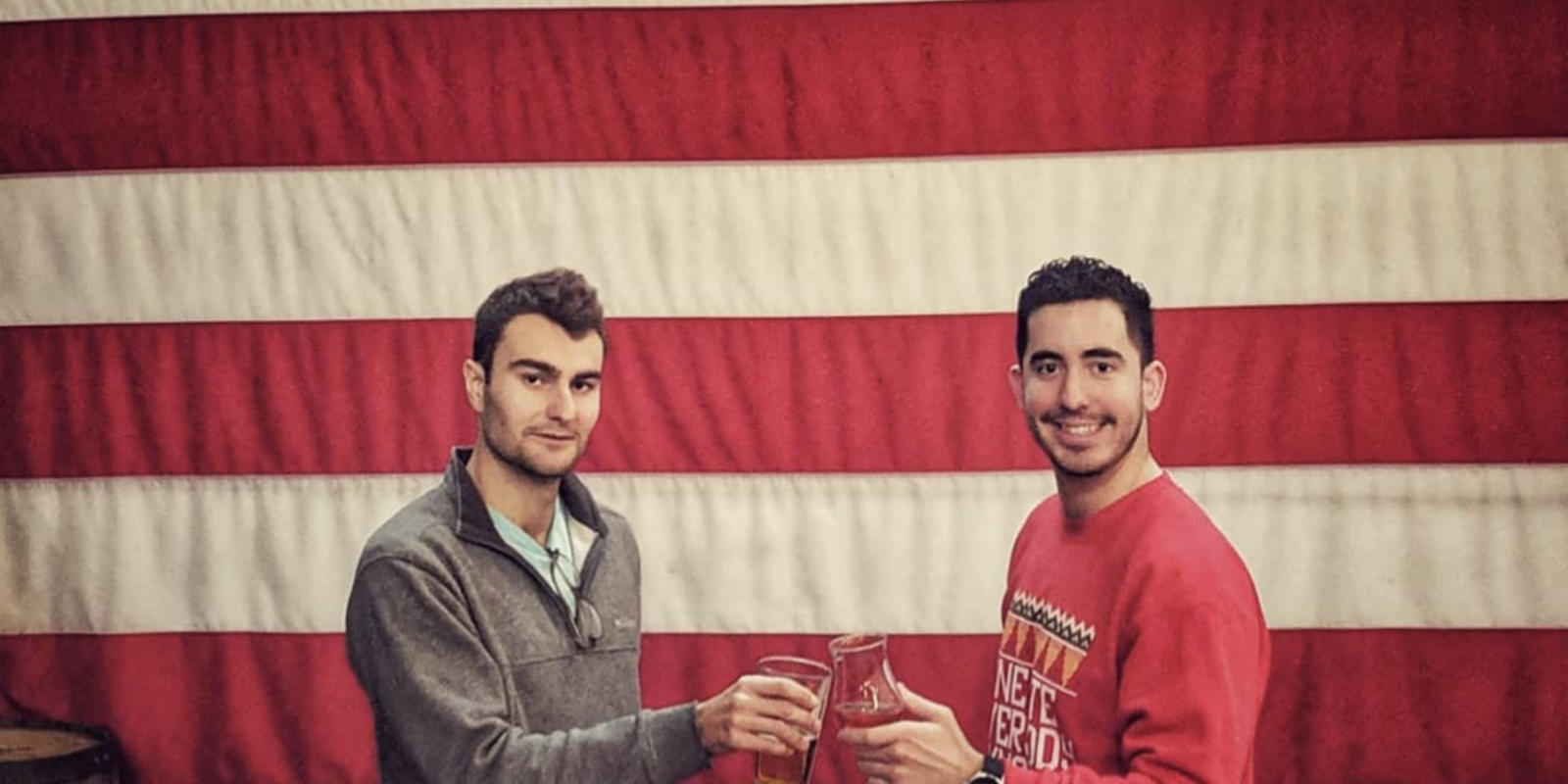New Rules of Engagement: Preventing Influencer Fraud
By Colleen O'Hara
01/23/19

Influencer marketing is expected to increase to a $5-$10B industry by 2020 – and is quickly becoming an essential part of an integrated marketing mix. The increased demand from brands has enabled many influencers to cash in on the industry’s success, with social stars with a following of 1MM+ typically getting paid 50% more than celebrities for one piece of social content. However, it’s also sparked an increase in fraud.
While some influencers have built their audience old-fashioned way – through exceptional content and building and nurturing their loyal communities – others have taken a more dishonest route, turning to automated apps to artificially grow their audience and drive engagement on their posts.
It is our job at Zeno to make sure influencer marketing is actually moving the needle for our clients and our influencer collaborations are truly connecting and engaging with target audiences. That’s why, as the industry evolves, so does Zeno.
Our approach to identifying influencers for clients is centered on a proprietary influencer scoring process that includes thorough vetting, a cocktail of tools and a database of pre-existing relationships to help us analyze the influencer’s content and audience and ultimately ensure that their audience and engagements are real.
What does Zeno do to ensure influencers are genuine?
· Engagement Rate: Engagement to follower ratio helps us deduce if followers were purchased.
· Follower Growth: Historical follower count to ensures gradual growth. Many bots will follow and unfollow accounts allowing for us to see spikes within the data.
· New Account: Real influencers have likely had an Instagram account for years. They didn’t just start three months ago, post six times, and magically have 20K followers. If an account is relatively new, and has a sizable number of followers, they’re probably not a real influencer.
· Engagement Velocity: The speed at which a post is engaged with (liked, commented or shared) indicates if they might be using bots, which tend to attack within the first few minutes of a post going live.
· Quality Control: We ensure they aren’t creating baiting posts (using hashtags such as #likeforlike) and aren’t participating in pods (groups who like each other’s posts and participate in loop giveaways).
· Audience Concentration: An influencer with a high concentration of followers from Turkey, Brazil and China, raises red flags. Frequently fake followers come from those countries.
· Relationships: In the last year, nearly all of our consumer clients implemented social influencer campaigns in some capacity, resulting in 350+ influencer partnerships in Chicago alone. Because of this, our experts have relationships with tons of influencers and talk to them on a daily basis. These relationships not only guarantee that this person is a true influencer, but also allow our team to turn on a partnership quickly.
What is the industry doing to combat fraudulent activity?
In 2018 alone, Instagram, YouTube, Twitter and Facebook all announced efforts to cut down on fraudulent activity. Instagram now uses machine learning to detect when an account is boosting engagement through fraudulent third-party apps and remove resulting follows, likes and/or comments. YouTube, Twitter and Facebook all cleansed their platform of fake, suspicious or spam accounts, with Facebook alone shutting down an estimated 583 million accounts in early 2018.
What’s next?
We’re likely going to see social media giants “draining the swamp” annually, and implementing these cleansing efforts more regularly. Hopefully as a result, fewer influencers will use fraudulent practices to avoid jeopardizing their income.
